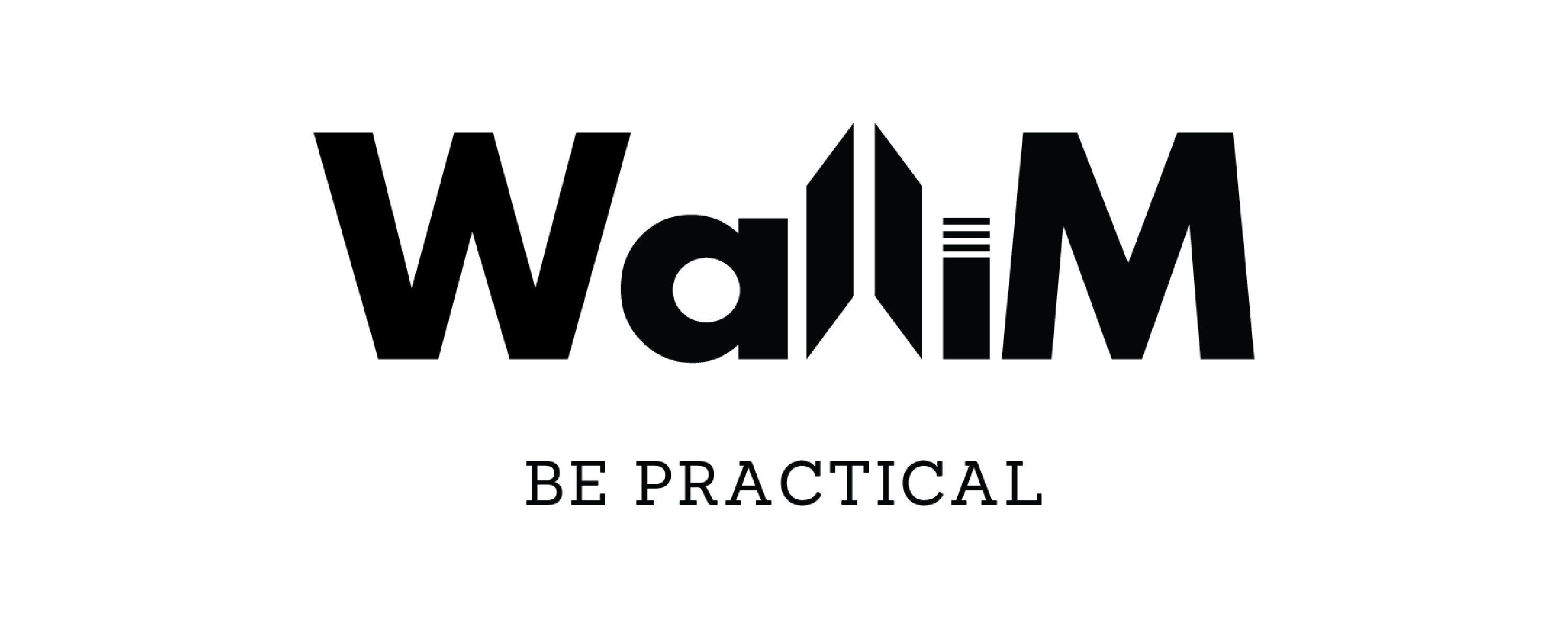Small and Safe: How Wallim Uses Machine Ethical Hacking to Keep Their Applications and User's Data Safe
About Wallim
Wallim combines apparel with technology.
They have an e-commerce and a virtual shop for premium cardholders, wallets, and keyrings, and are now pivoting to a smart business card solution. This meant they had to invest in a mobile app, and a web app, holding highly sensitive personal data from their users.
And this posed a risk: any breach could tarnish their reputation and hurt their business.

Industry: E-commerce
Headquarters: Viseu, Portugal
Company Size: 1-10 employees
Protected Attack Surface: 10 assets
They were starting from scratch on cybersecurity
As with any growing startup, they lacked any security processes. But they knew this wasn’t a sustainable solution.
They had on their hands sensitive data, like emails, and payment details, and their growth could attract the attention of malicious hackers. And any breach could spell disaster.
When they reached out they were clear on their needs:
- Let us know our vulnerabilities.
- Alert us when new ones appear.
- Adapt it to our startup budget.
And wanted to be safe but on a budget
And so, Wallim implemented our Artificial Hackers to fortify their data security measures. Once the domain record was set up, the system immediately began scanning for vulnerabilities. The team was promptly alerted about any security issues and started patching them right away.
The real-time notification system, combined with a severity scoring of identified vulnerabilities based on the CVSS scale, provided Diogo Telo with peace of mind.
They know that any new vulnerability arising from new code deployments will be detected promptly and addressed accordingly.
Now they can keep shipping with reassurance
The Machine Ethical Hacking allowed Wallim to continue developing and shipping its products without worrying about potential security threats. They can now work with the confidence that their customer data is secure and that their reputation is safe, as the risk of a breach has been greatly reduced.
Download the full case study here | PDF

